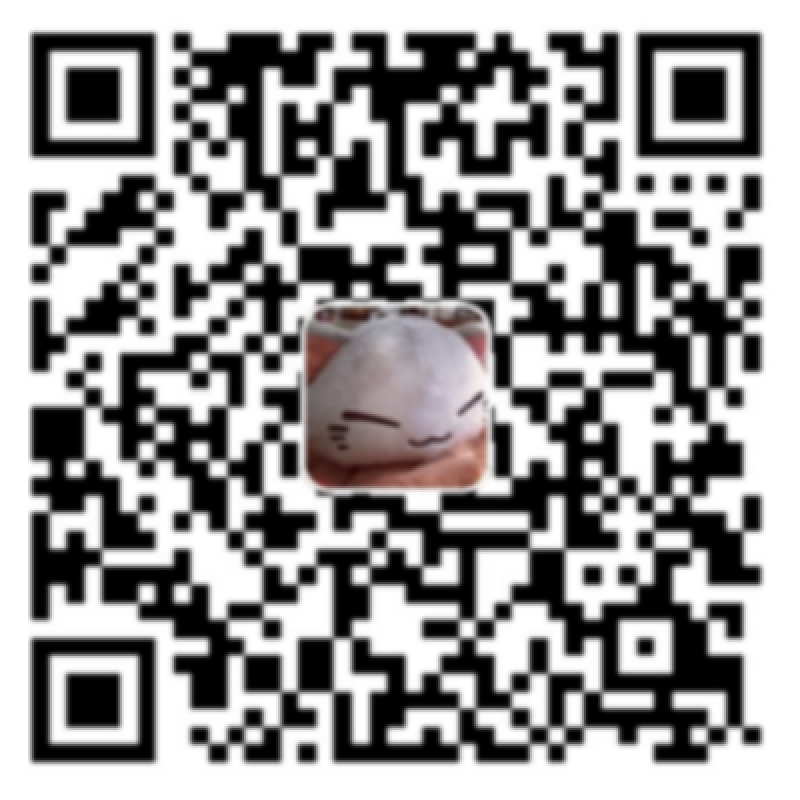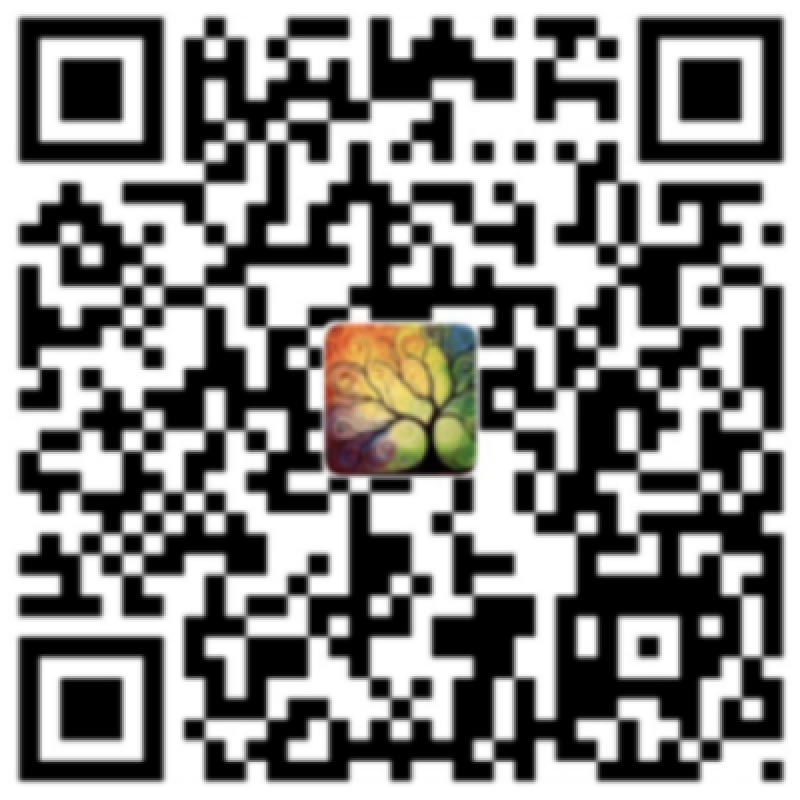Luna读 | The Coaching Habit

0. 前言
作为 Team Lead,我在工作中需要成为下属的 mentor + coach,于是趁周末读完了这本 200 多页的 《The Coaching Habit》,给自己充充电。
本文结合我的理解来聊聊书中给到的一些实用工具。
1. 为什么需要培养教练思维和教练习惯?
因为经理往往会发现自己的工作特别忙,其中很大一部分的时间都花在管理上面,要带人,要关注下属的绩效……
假如管理者无法激发下属的主动性和独立性,结局往往是不光要干好自己的工作,还要额外需要承担下属的工作责任,这种管理/领导方式只会让管理者自己面临越来越大的压力,而且也阻碍了下属的成长,对企业和团队来说都是弊大于利。
The more you help your people, the more they seem to need your help. The more they need your help, the more time you spend helping them.
The more you lose focus, the more overwhelmed you feel. The more overwhelmed you feel, the more you lose focus.
The more we do work that has no real purpose, the less engaged and motivated we are. The less engaged we are, the less likely we are to find and create Great Work.
想要破局,就必须教会下面的人做事,帮助他们成长,而教练是一种有效的「授人以渔」的 方式。
培养教练思维的目的就是给别人赋能,让管理者的时间能花在真正重要的事情上。
When you build a coaching habit, you can more easily break out of three vicious circles that plague our workplaces: creating overdependence, getting overwhelmed and becoming disconnected.
虽然教练这个词很流行,但是真正做对的、做的有效的人少之又少,这本书里面的提供工具能够帮助我们成为更有效的教练。
You’re probably not getting very effective coaching; and you’re probably not delivering very effective coaching.
2. 教练的精髓是学会提问
我们往往会热心地给别人提供建议、告诉别人怎么解决问题,但是这种方式并没有太好的成效,所以教练的重心是把主动权交给对方,让对方多说、多想、找到解决方案,而不是填鸭式地去沟通。
如何提问?
- 每次只问一个问题,不要因为对方沉默而试图去填补空白时间,因为对方可能是在思考你的问题,这证明你的提问是有效的。
- 如果想要给答案,就直接给答案(offer an option),不要把答案包装成问题,也就是不要去提引导性的问题,比如 “Have you thought of…?”, “What about …?”, “Did you consider…?”
- 用 What(什么) 开头提问,而不要用 Why(为什么)和 How(怎么样)来开头,因为 What 的攻击性更弱,而且更多的是出于好奇心的一种提问。
积极倾听
- 在听对方说话的时候不要想着下一个问题问什么,不要总想一些跟谈话无关的事情,要关注对方所说的话,保持好奇心。
- 对方回答了我们的问题后,不要马上提出下一个问题,先要给对方一些鼓励,比如 “FANTASTIC. I LIKE IT. GOOD ONE. NICE. YES, THAT’S GOOD.”
3. 教练常用问题
1. 如何开场?The Kickstart Question
不要花太多时间在闲聊上,要直奔主题,问对方:
What’s on your mind? 你现在在想什么?
这个问题把主动权交给了对方,让对方来选择话题。
如何选题 - 3P model
一般来说一个人遇到的挑战可能来自三个方面:
- project
- person (relationship)
- pattern of behavior
在公司里面聊得最多的应该是 project 相关的,可能在聊项目的时候也会涉及一些人际关系和行为相关的内容,但主题应该是 project-focused conversation。
So there are three different facets of that we could look at,” you offer. “The project side—any challenges around the actual content. The people side—any issues with team members/colleagues/other departments/bosses/customers/clients. And patterns—if there’s a way that you’re getting in your own way, and not showing up in the best possible way. Where should we start?
2. 还有什么?The AWE Question
在聊天的时候我们不要满足对方给的第一个答案,而是要去追问:
And what else? 还有什么呢?
And What Else?”—the AWE Question—has magical properties. With seemingly no effort, it creates more—more wisdom, more insights, more self-awareness, more possibilities—out of thin air. There are three reasons it has the impact that it does: more options can lead to better decisions; you rein yourself in; and you buy yourself time.
为什么要继续追问呢?因为第一个答案往往不是唯一的答案,在大部分的情况下也不是最好的答案。所以问对方还有什么,可以提供更多的选项和可能性。
同时这也能压制我们内心想要给对方建议/答案的冲动,在听到第一个回答的时候,不要给任何的答案,而是继续把主动权交给对方,问对方还有什么想要补充的。
问到什么时候为止?
一般来说问 3-4 次,或者当对方说“没有了”的时候结束这个话题。如果你能得到 3-5 个不同的答案,那么关于这个话题的提问就是有效的。
最后一次提问可以用 “Is there anything else?” 还有吗? 的句式,暗示对话进入尾声。
“And what else?” is the quickest and easiest way to uncover and create new possibilities.
3. 缩小范围 The Focus Question
当对方说了很多,却没有提出具体的问题的时候,你不要去揣测对方想要提的问题,而是应该直接问对方:
What’s the Real Challenge Here for you? 对你来说真正的挑战是什么呢?
Focus on the real problem, not the first problem.
同样的,这个问题也能让对方去思考自己内心真正需要获得的帮助,并且主动说出来,这样的谈话比 coach 去猜测对方的内心来的更加有效。
还有些时候对方会说出很多问题,这个 focus question 也能让对方从一大堆问题中选择出一个想要探讨的话题,而不是你帮他去做选择。
“If you had to pick one of these to focus on, which one here would be the real challenge for you?” 如果你要从中选择一个的话,对你来说真正的挑战是哪个?
适当使用 AWE question
如果对方说的比较少的话,你也可以增加 AWE 问题,比如 “And what else? What else is a real challenge here for you?”
4. 学习问题 The Learning Question
在教练结束之前,我们最后一个问题要问对方从这次沟通中收获了什么:
“What Was Most Useful for You?” 对你来说最有用的是什么?
问这个问题的原因是,引导对方通过反思和回顾来学习,而且是由对方自己给出答案,这样的学习效果更好。
教练也可以从对方给出的答案中知道自己在这次沟通中哪些地方做的是有用的,从而提高自己的教练技能。
People don’t really learn when you tell them something. They don’t even really learn when they do something. They start learning, start creating new neural pathways, only when they have a chance to recall and reflect on what just happened.
4. 管理者的提问工具
接下来的几个问题跟管理者的日常工作相关度比较大,在私人的 coaching session 中应该比较少见。
1. 基本问题 The Foundation Question
当谈话陷入僵局的时候,我们要再次问清楚对方的诉求:
What do you want? 你想得到什么?
Sometimes you think you know what they want. And sometimes, they think they know what they want. So the foundation question here is useful when you’re pretty sure you know what they want but haven’t actually asked them, or when you keep going even though you think you’re missing something. Or when you try to impose your idea, or your opinion, or your course of action. Or when you’re stuck and not taking action on something and you’re not sure why.
这个问题可以引导对方主动思考,我们也可以主动说出自己想要的东西(这就是成年人之间的对话)。
需要注意的两点是:
- 对方不一定会告诉我们真正的需求;
- 就算对方说了需求我们也可以选择 say NO;
2. 偷懒问题 The Lazy Question
当对方寻求帮助的时候(“How do I …?”,“What do you think I should do about…?”),我们需要遏制立刻提供答案和建议的冲动,先跟对方确认需求:
“How Can I Help?” 我能帮到你什么?
或者 “What do you want from me?” 你想从我这里得到什么?
第二个问题可能听起来有点生硬,所以我们可以加一些修饰词,比如:
- “Just so I know…” 我想知道
- “To help me understand better…” 为了让我更好地了解
- “To make sure that I’m clear…” 为了确保我的理解无误
问这个问题的原因是,热心肠的我们总是会主动给对方提供帮助,但我们提供的不一定是对方所需要的。
所以在提供帮助之前,一定要问清楚:我能帮到你什么?
更重要的是,从教练的角度出发,我们应该引导对方找到解决问题的方法,而不是直接提供答案。
我们可以先问问对方关于这个问题的看法,用 AWE 问题让对方多说一些想法,然后再根据情况来看是否要提供自己的答案。
PS: 这个问题和基本问题之间的区别是,这个问题是在对方主动寻求帮助的时候用的,而基本问题则是在双方不完全了解诉求的情况下使用的。
PPS: 有些时候管理者是需要直接给答案或者大方向的,并不是所有的问题都要用 coach 的方式来处理。
举例
- What do you think I should do about…?
- That’s a great question. I’ve got some ideas, which I’ll share with you. But before I do, what are your first thoughts?
- …
- That’s terrific. What else could you do?
- …
- This is all good. Is there anything else you could try here?
- ..
- And what else?
3. 策略问题 The Strategic Question
作为管理者,我们需要在 say yes 之前搞清楚自己到底做出了怎样的承诺,以及做出这个承诺的代价是什么。
问自己:
If You’re Saying Yes to This, What Are You Saying No To?
每当一个新的任务摆在我们面前时,我们首先要做的是搞懂这件事是什么,为什么需要我们来做,我们能做出什么贡献,以及我们做这件事意味着要放弃哪件事。
问这些问题可以避免我们过度承诺,让自己承担过多的责任和压力:
- Why are you asking me?
- Whom else have you asked?
- When you say this is urgent, what do you mean?
- According to what standard does this need to be completed? By when?
- If I couldn’t do all of this, but could do just a part, what part would you have me do?
- What do you want me to take off my plate so I can do this?
You can always say yes, but you don’t have to say yes, and your sense of obligation to say Yes is the source of your anxiety.
How to say no
在 say no 的时候也要说清楚,你是对这件事情 say no,而不是对提出这件事情的人 say no,这样更容易维持同事之间的关系,不伤和气。
- I’m afraid I have to say No to this.
- No, I can’t do that.
- I can’t do that.. but I could do xxx
- Let me think about that.
- I’m not sure - I’ll need to check a few things out.
5. 结语
这本书里面提到的几个提问句式挺有用的,可以在跟团队成员沟通的时候用起来。
同时作为 manager,要避免自己过于热心、过于积极、过于乐于助人、过度承担责任,因为这些看似【无私奉献】的精神会导致自己成为团队的 bottleneck,无法真正激发团队成员的潜能,还会让自己无法集中精力做真正重要的事情,长期来看反而对团队是有害的。
教练提问大纲
最后结合书中内容和自己的思考写了个提问大纲,供下次使用~
- What’s on your mind?
- or Where should we begin?
- or Where’s the best place for us to begin
- or Where’s the most useful place for us to start?
- Is there anything else on your mind?
- So what’s the real challenge here for you?
- What are you going to do?
- What’s important right now?
- What’s possible?
- What made you choose this course of action?
- What were you hoping for here?
- And what else?
- Is there anything else?
- What else is the real challenge here for you?
- repeat 4 to 6
- What was most useful for you?
Talk to Luna
Support Luna




